Two-factor verification
Key features of two-factor verification
- Prevention against unauthorized access
- Increased security of using NFQES platform functions
- Necessity when signing with a qualified electronic signature
- Authentication via HW token or mobile application
- Intended for all users of the NFQES platform
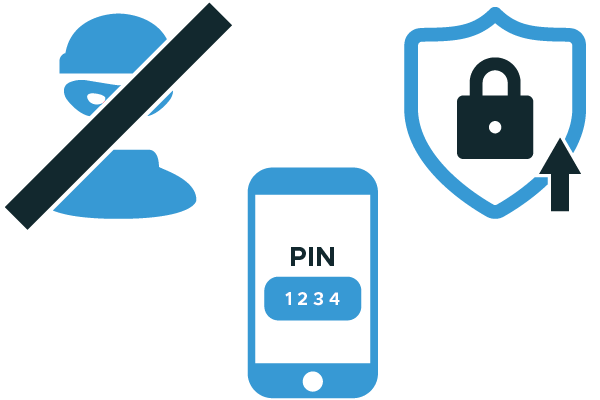
How is two-factor authentication used?
Hardware token
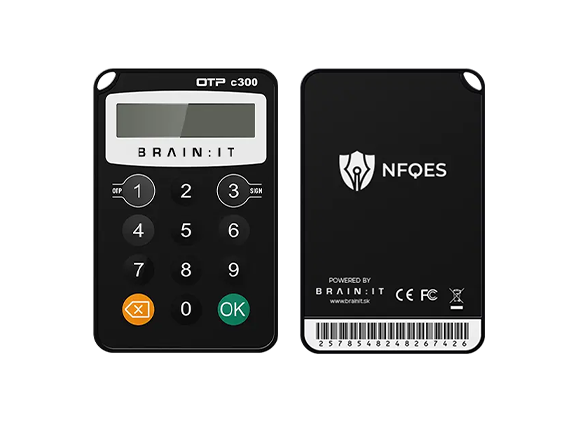
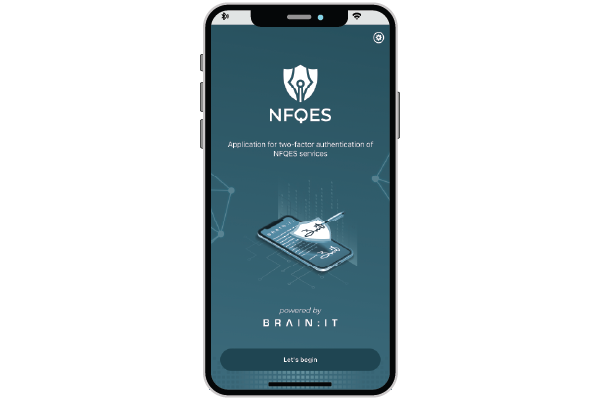
NFQES Authenticator
NFQES Qualified Authenticator
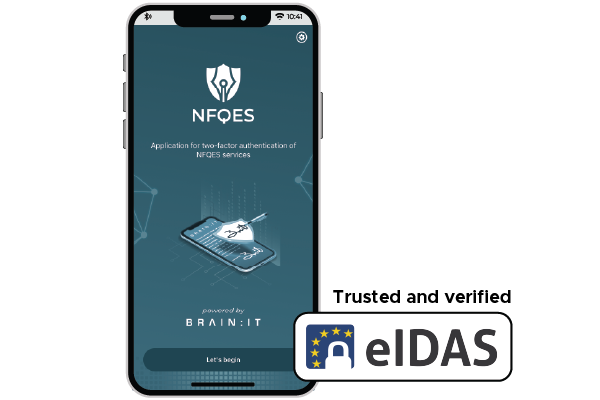
Who trusts us:




How do i sign a document with nfqes two-factor authentication?
Using a hardware token
- Click the sign button
- Upload a document for signing
- A code will appear on your PC
- Press the sign button on the HW token
- Copy the code from your PC to the HW token
- The HW token will generate a unique code for you
- Copy the code from the HW token to the PC
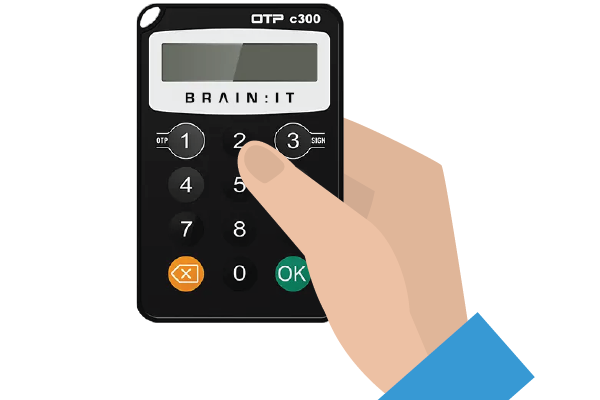
Using a mobile app
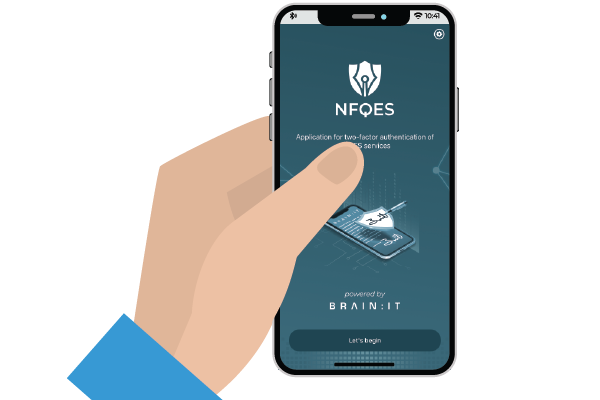
- Click the sign button
- Upload a document for signing
- A code will appear on your PC
- Open the app on your mobile device
- Copy the code from your PC to the mobile app
- The mobile application will generate a unique code for you
- Copy the code from the mobile application to the PC
Choose your maintenance plan
The prices of the packages are with VAT.
Free Basic
Free
Premium
9,99 €
Premium PLUS
11,99 €
Business
20 €
Enterprise
We will prepare a package according to your requirements, and you will also receive support for a wide range of solutions SaaS API.
Free certificate*
ES
Free Basic
Free
- Signed documents per month: 30
- Number of documents for a single operation: 2
- Messages per month: 3
- Free timestamps per monthly subscription: 0
-
Free certificate*:
Premium
9,99 €
- Signed documents per month: 1000
- Number of documents for a single operation: 100
- Messages per month: 50
- Free timestamps per monthly subscription: 25
- Free certificate*: ES
Premium PLUS
11,99 €
- Signed documents per month: 1500
- Number of documents for a single operation: 200
- Messages per month: 75
- Free timestamps per monthly subscription: 50
- Free certificate*: ES-S
Business
20,00 €
- Signed documents per month: 2000
- Number of documents for a single operation: 400
- Messages per month: 75
- Free timestamps per monthly subscription: 50
- Free certificate*: AdES
Enterprise
We will prepare a package according to your requirements, and you will also receive support for a wide range of solutions SaaS API
Free Basic
Free
Premium
104,99 €
Premium PLUS
119,88 €
Business
220 €
Enterprise
We will prepare a package according to your requirements, and you will also receive support for a wide range of solutions SaaS API.
Free certificate*
ES
Free Basic
Free
- Signed documents per month: 30
- Number of documents for a single operation: 2
- Messages per month: 3
- Free timestamps per monthly subscription: 0
-
Free certificate*:
Premium
104,99 €
- Signed documents per month: 1000
- Number of documents for a single operation: 100
- Messages per month: 50
- Free timestamps per monthly subscription: 25
- Free certificate*: ES
Premium PLUS
119,88 €
- Signed documents per month: 1500
- Number of documents for a single operation: 200
- Messages per month: 75
- Free timestamps per monthly subscription: 50
- Free certificate*: ES-S
Business
220,00 €
- Signed documents per month: 2000
- Number of documents for a single operation: 400
- Messages per month: 75
- Free timestamps per monthly subscription: 50
- Free certificate*: AdES
Enterprise
We will prepare a package according to your requirements, and you will also receive support for a wide range of solutions SaaS API
* during the entire duration of the subscription
The price list of products and services is valid from 1.9.2025
Latest articles
Read interesting facts from the world of online security.
Feel free to contact us, our specialists are ready to answer your questions.
